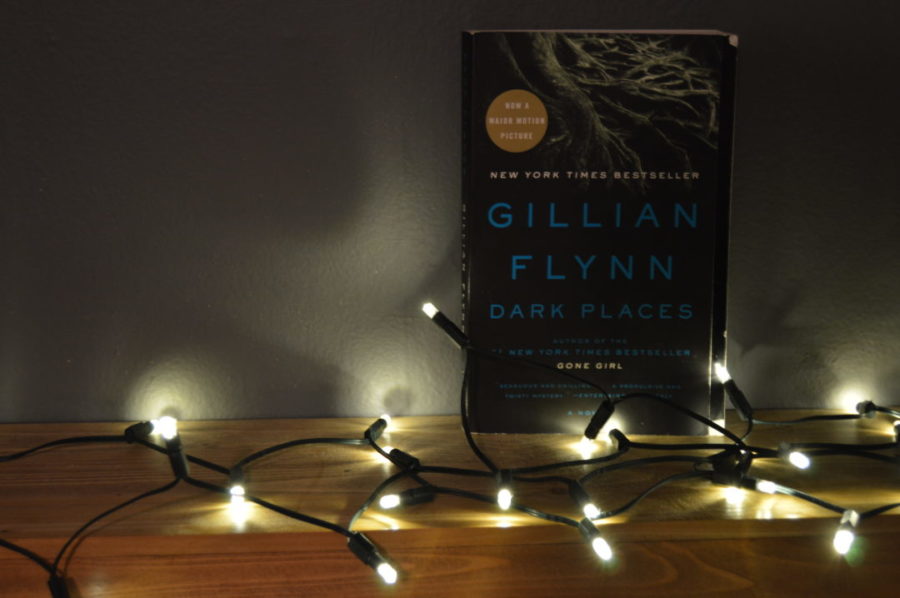Book Corner: Gillian Flynn Takes Readers to Some “Dark Places”
October 29, 2019
Dark Places, written by Gillian Flynn, revolves around the massacre that took Libby Day’s family when she was only seven years old. Her older brother, Ben Day, who was fifteen at the time, was charged with the crime and subsequently sentenced to life in prison for the murders of their mother and two sisters.
But did he do it?
As the only survivor, aside from Ben, Libby testified against her brother fourteen years earlier in 1985, and he has been serving his sentence ever since. In current day 2009 however, doubt begins to trickle into Libby’s mind about her family’s past and about what actually happened that hellish night. Was Ben a devil-worshiping, teenage predator that strangled his sister, hacked up the other, then shot and stabbed his mother like so many came to believe? Or, was Ben just an innocent child who fell prey to the justice system and is, essentially, a victim of circumstance who took the blame for the true killer?
The story is set in a fictional, broken-down town in the state of Kansas. This desolate setting makes it easy to connect with the characters, whether you relate directly to them or not, because it is easy to understand where they are coming from and how they live. Throughout the book, they become people. In the beginning, you, the reader, are like the public in the story, you have a shallow sense of who these characters are as you only associate them with the massacre. However, while the story progresses, so too does your involvement; you begin to gain a feel for these characters and to care about them as people.
This effect is heavily brought on by the multi-perspective format of the story.
Dark Places is told with a cycle of three characters as a focus for each chapter; a chapter is told from Libby’s perspective, a chapter is told about her mother, Patty Day, another from Libby, then one about Ben. While it sounds complex, they all weave together to form one well-told story. Patty and Ben’s chapters take us through what happened that day leading up to that night from their unique perspectives. While this structure may seem like it could become convoluted, Flynn steers clear of this issue by zeroing in on each person in every chapter like a vignette. It does not become overbearing; you simply pick up where you left off.
While the book is 345 pages long, I eagerly read it in under a week. The pacing and story kept my attention and no page felt wasted as the story unraveled. While the content of the book is dark and may not fit the taste of some readers, the story is without a doubt worth the read.














































